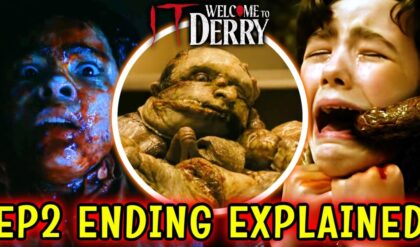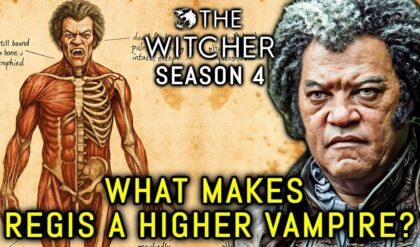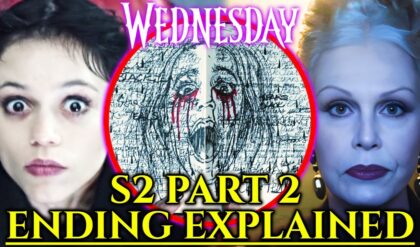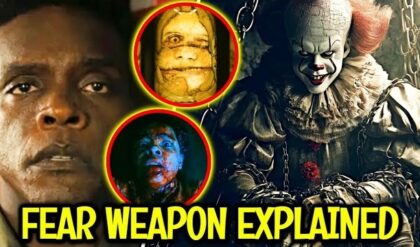
These elf subraces are completely indistinct in terms of abilities and mechanics, but differ greatly in their history and culture. The difference is mainly in the gods their ancestors chose to follow, and the societies they live in now, which influence how the rest of the world perceives them. That being said, Baldur’s Gate 3 is never entirely clear about the history of the seldarine, and players must turn to the lore of Dungeons & Dragons‘ Forgotten Realms to get a fuller picture.
The Seldarine Drow Follow A Different Deity
Loyalty To Eilistraee Over Lolth

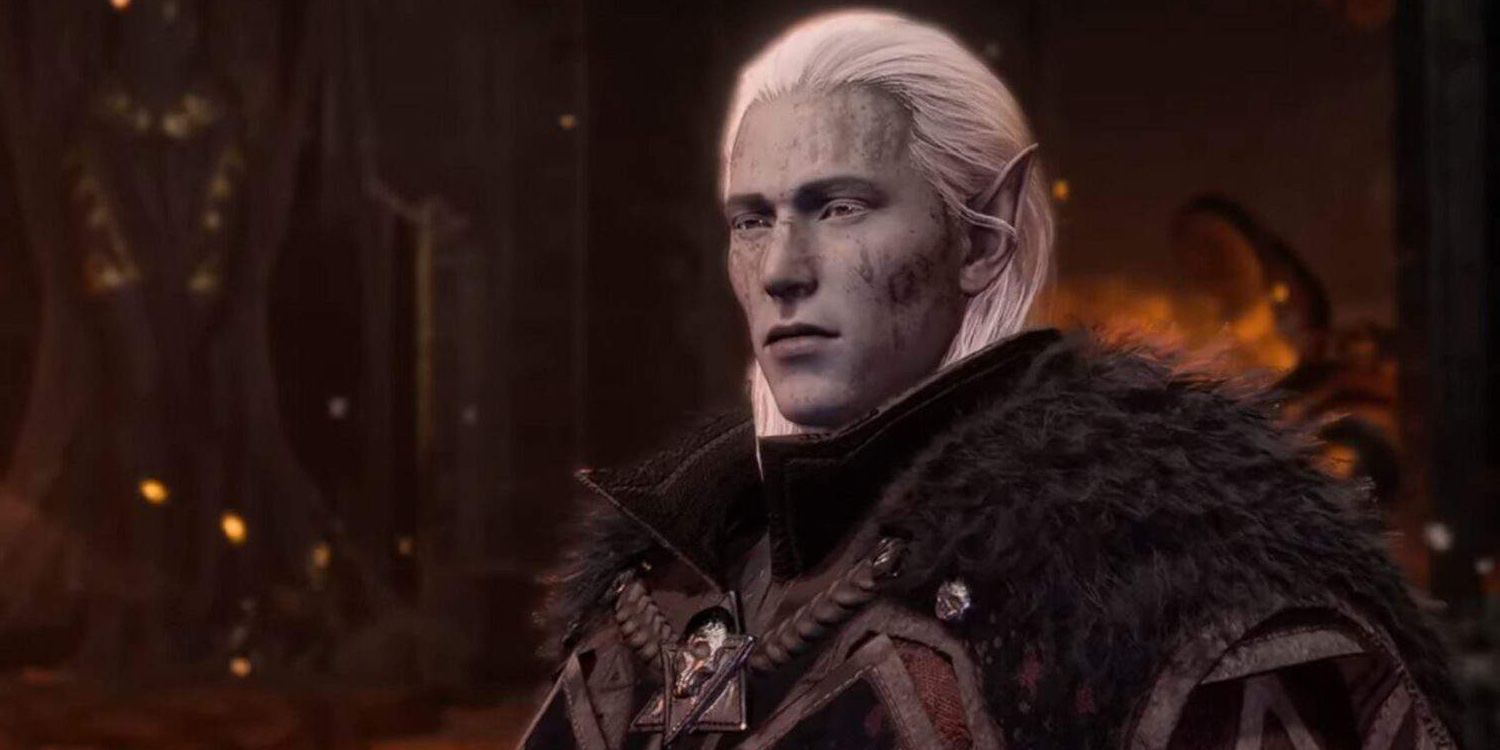




The schism between the Lolth-sworn and seldarine goes back eons, and is vague even within the established lore of the Forgotten Realms. Still, the general conflict is clear: Corellon Larethian, powerful god of the elves in BG3 and DnD, was wed to a person named Aruashnee, who would later become Lolth. At some point, she betrayed Corellon, either to seize his power or to bring greater power to her followers. Either way, Corellon was killed and Lolth was defeated and cast into the Abyss, while her daughter, Eilistraee, tried to guide those who followed her back to the path of goodness.
At this point, it seems that the sworn followers of Lolth truly became drow, and later, some split off to follow Eilistraee and became seldarine. They share most physical characteristics, with gray complexions and white hair, though the Lolth-sworn drow typically possess red eyes and the seldarine white eyes. Over time and across many wars, the difference between these subraces of drow has widened, as have the ways in which they live in Underdark society seen in BG3 and DnD.
Lolth-Sworn And Seldarine Drow In The Underdark
A People Divided By Ages Of War
Typically, when those above ground refer to drow, they are talking about the Lolth-sworn variety, which includes NPCs like Minthara and Nere in Baldur’s Gate 3. These dark elves typically live in or around Menzoberranzan, their capital in the Underdark, where the cult of Lolth is strongest. While not every Lolth-sworn drow is inherently evil, many do raid the surface and other Underdark colonies for resources and slaves, earning them a fearsome reputation.
The divide between the drow is reminiscent of the gith, another race often perceived as violent, but split into two branches: the githyanki and githzerai. In both cases, one branch is much more present in Baldur’s Gate 3 than the other.
Why Seldarine Drow Are Treated The Way They Are Above Ground
Seldarine Drow Try To Be Perceived Differently Than Their Lolth-Sworn Brethren
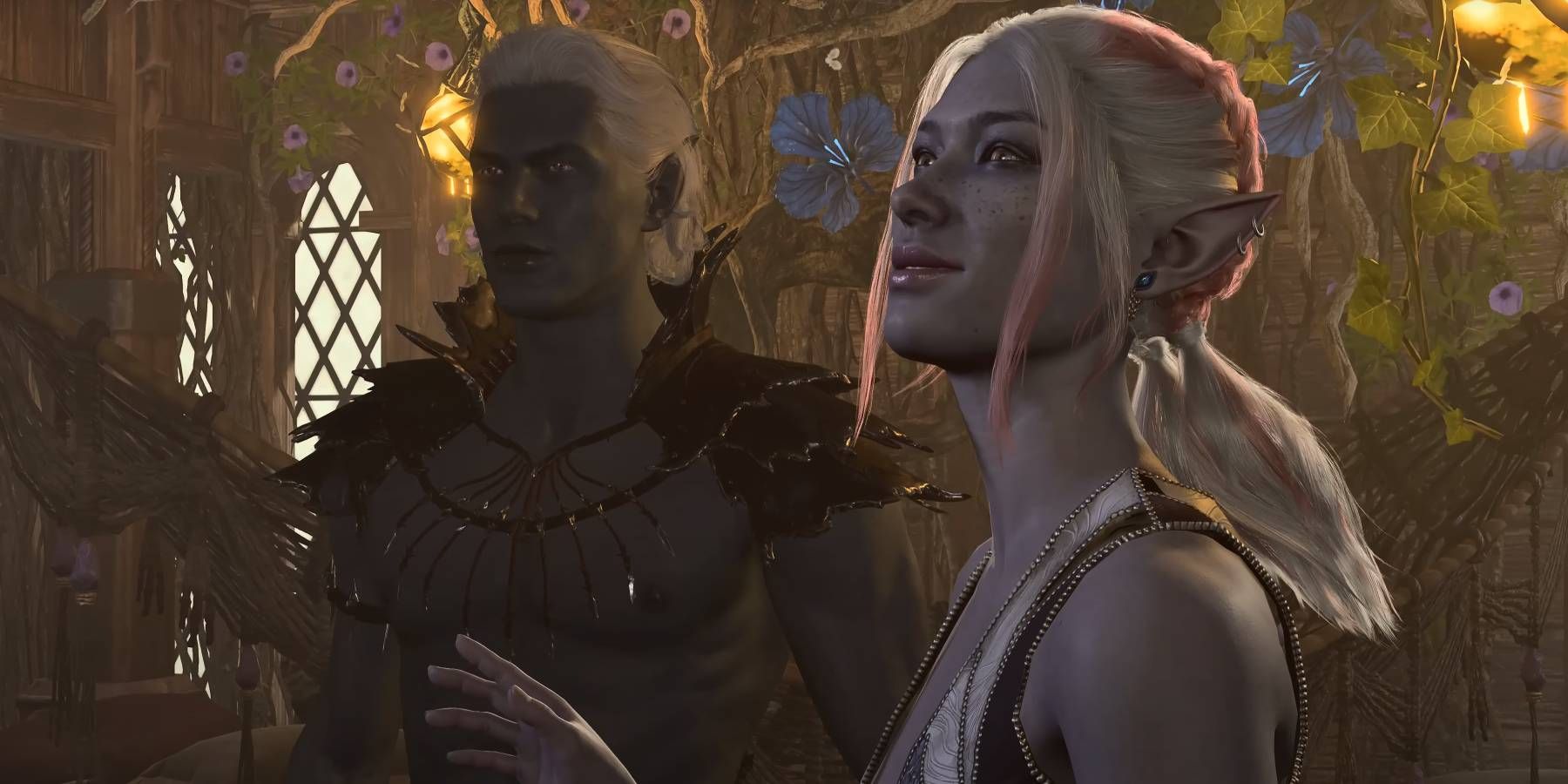
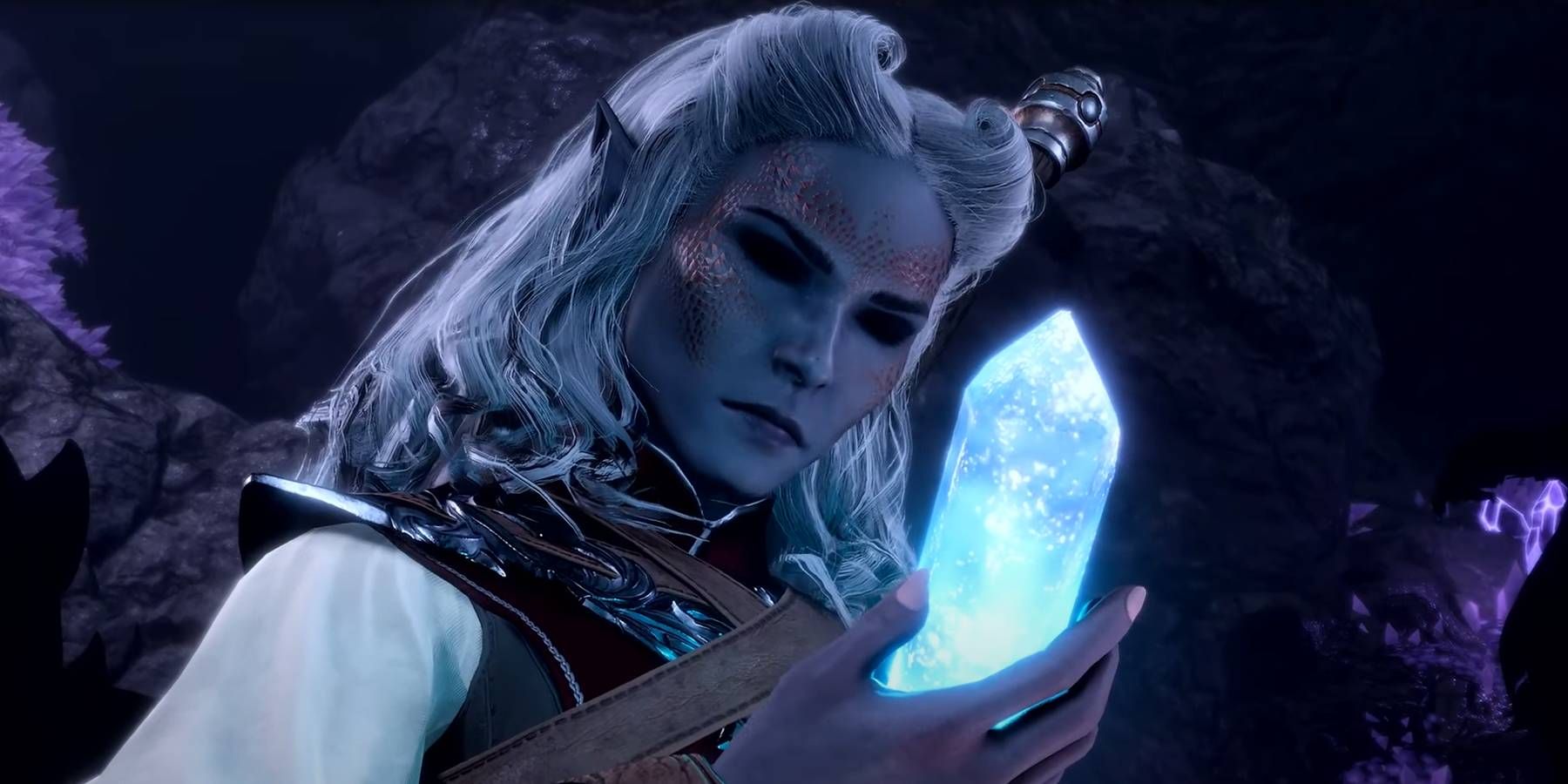

Anyone who has played Baldur’s Gate 3 as either a seldarine or Lolth-sworn drow is probably familiar with how other NPCs react to the dark elves. That is, with fear and hostility, especially on the frontiers where Act One takes place. Things are a bit more welcoming within the city of Baldur’s Gate itself, but even still, many dialogue options for Lolth-sworn drow revolve around conquest and violence.
Seldarine drow, meanwhile, spend most of the game telling other characters that they aren’t Lolth-sworn, with many dialogue options explaining their variance from the drow of Menzoberranzan. This makes it clear that the difference between these elven branches is misunderstood even within the world of the Forgotten Realms itself. The conflict between the seldarine drow and ther Lolth-sworn does not take center stage in Baldur’s Gate 3, but it can be an interesting side conflict for players going through the game as one of the two races.
